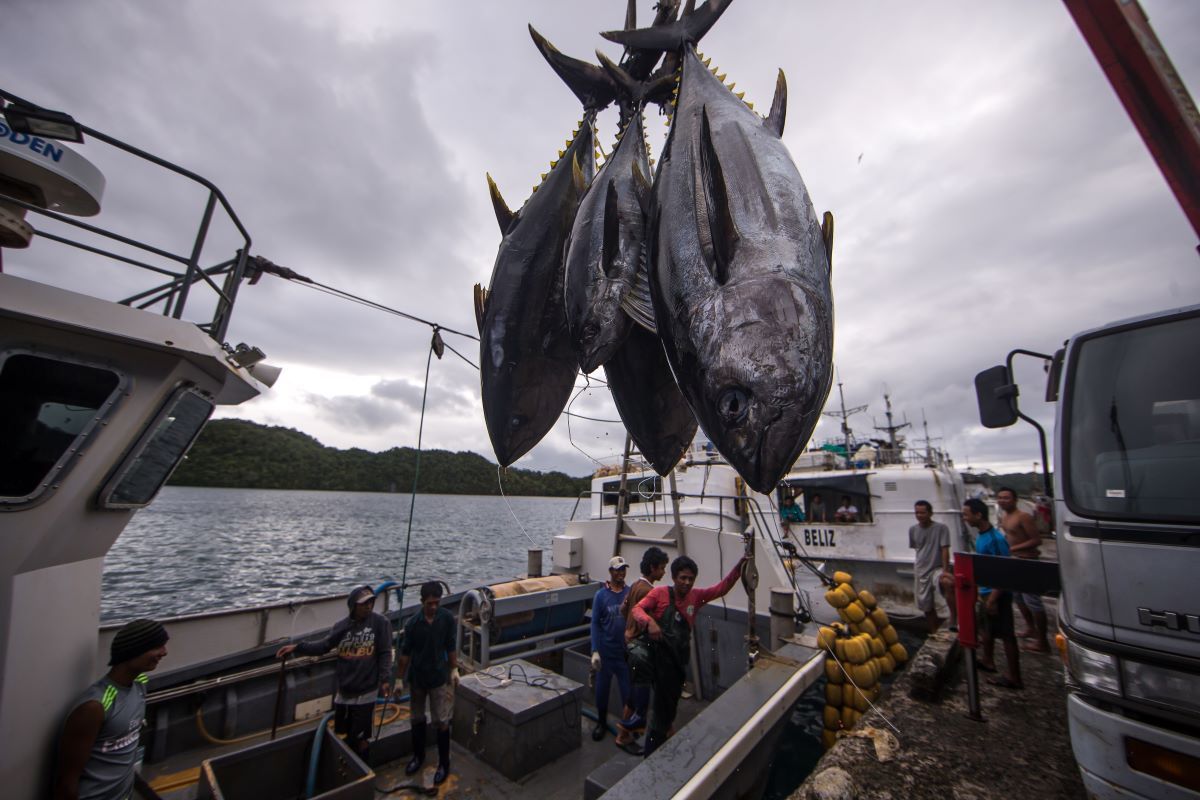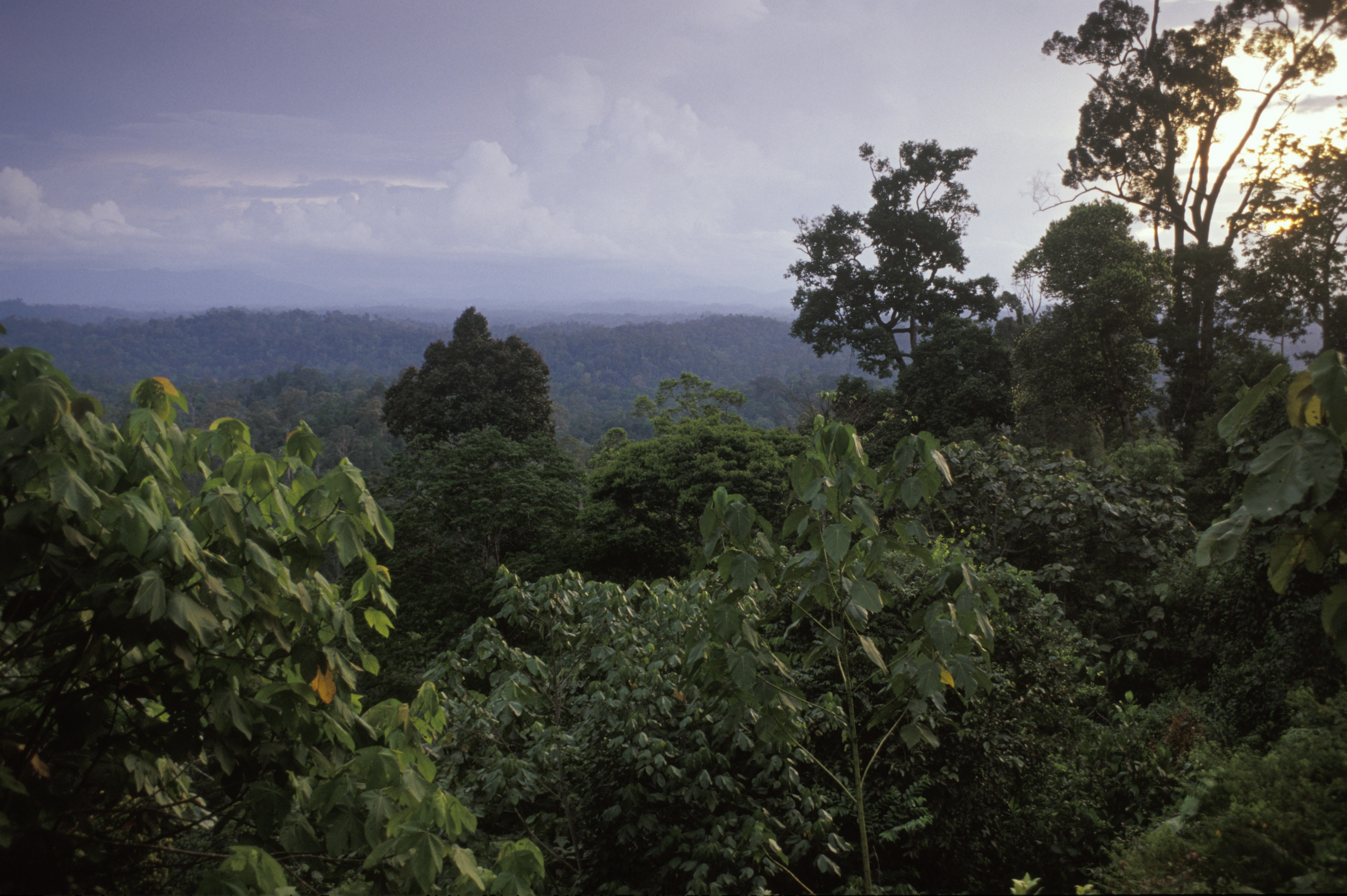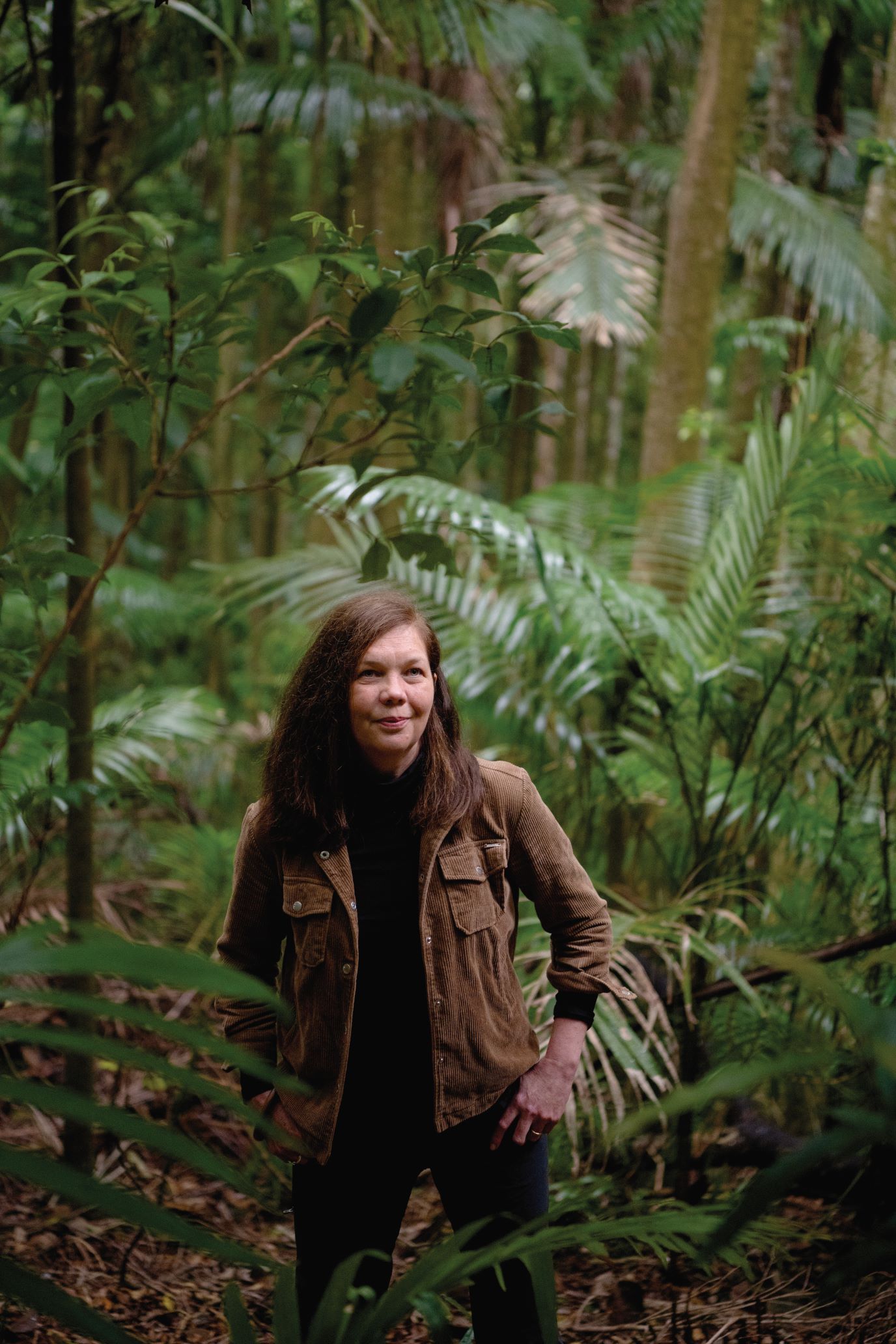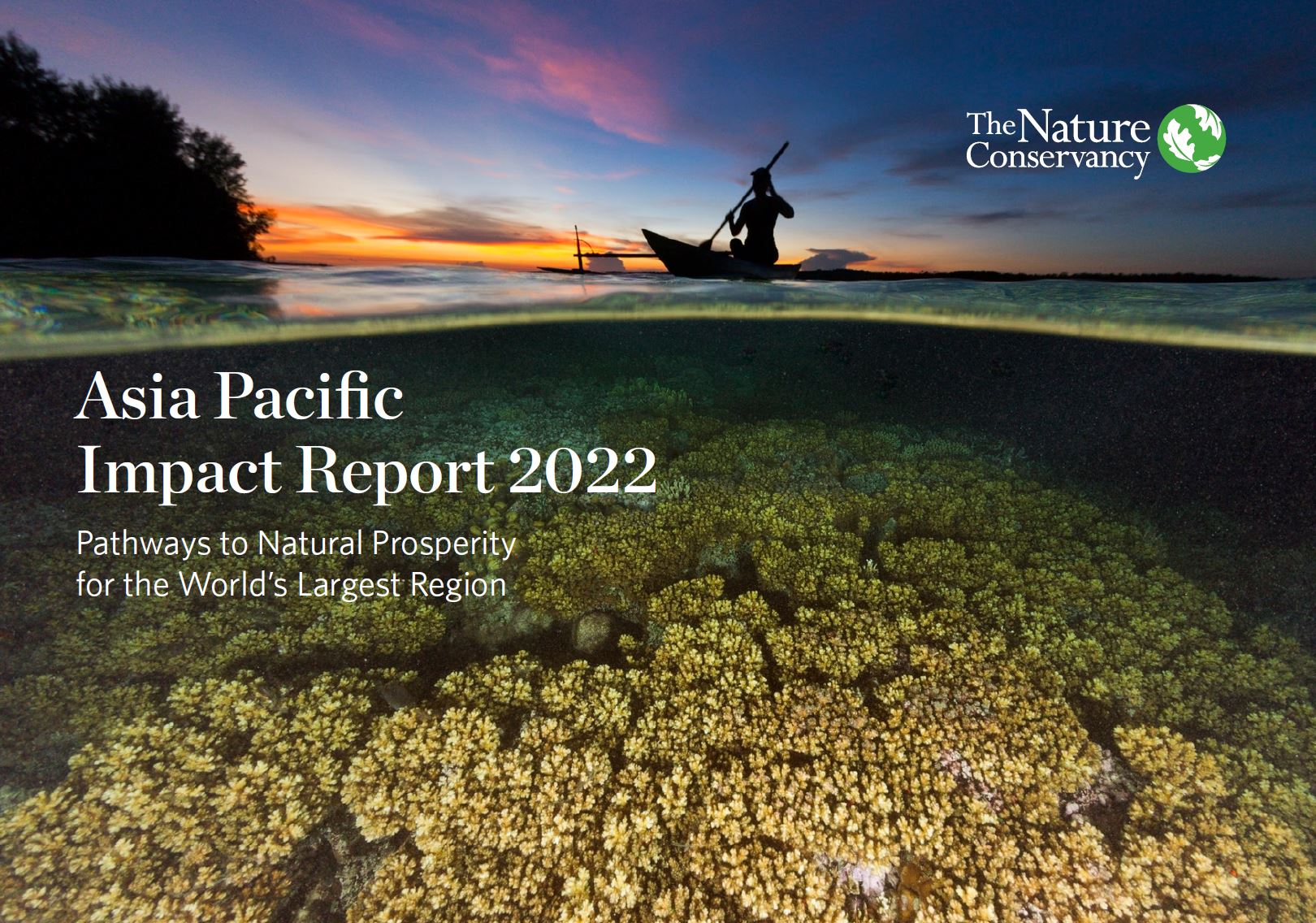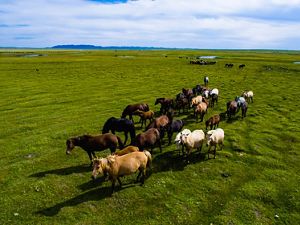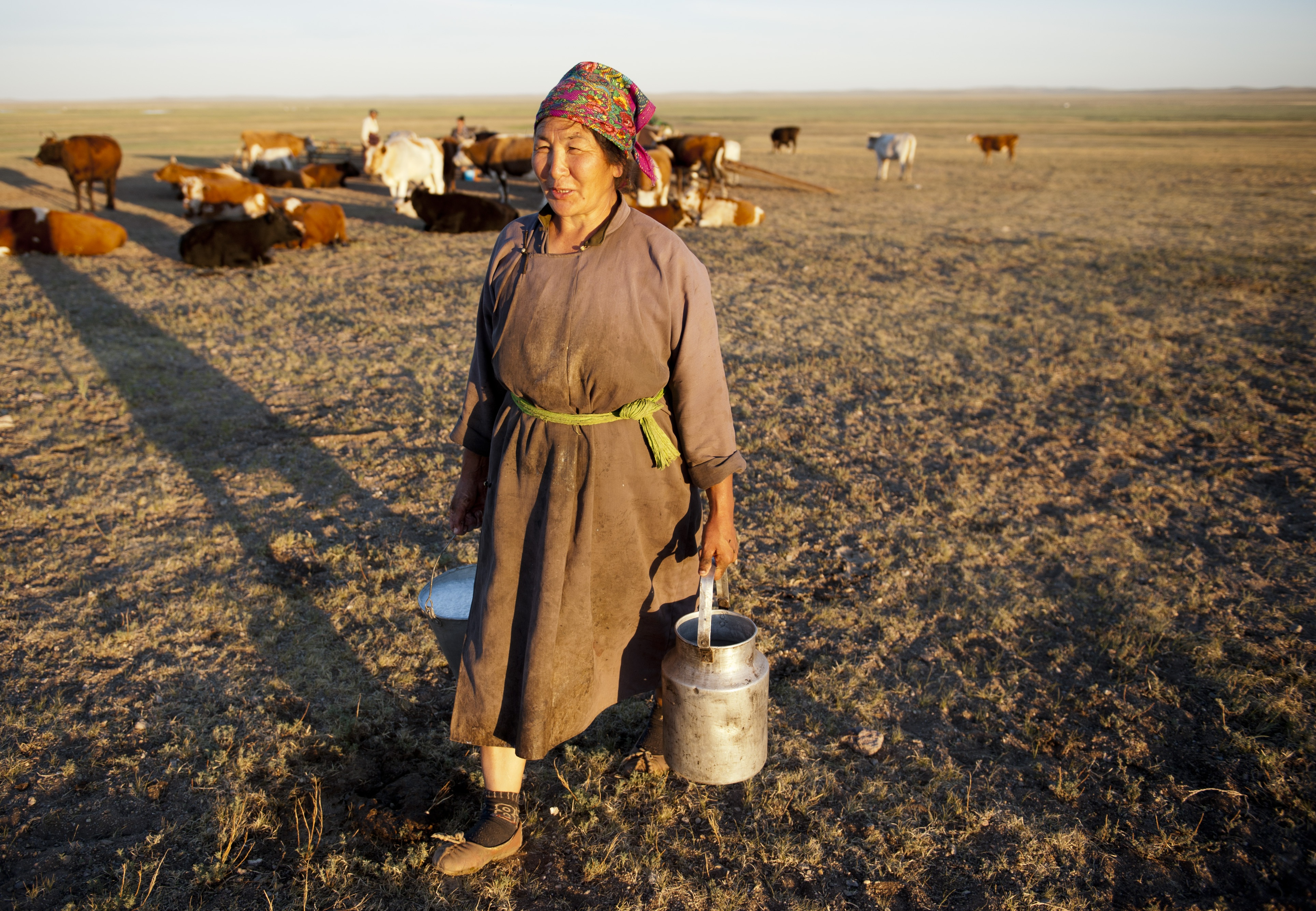
Asia Pacific and the Road to 2030
When the history of this century is written, 2022 may be recorded as either a turning point for nature, or a year of promises yet again left unfulfilled. In November, a UN climate summit kept alive hopes of limiting global warming to 1.5 degrees Celsius, while offering direct assistance to developing nations disproportionately affected by floods, droughts and other climate change-driven impacts. Just a few weeks later, international negotiators backed an elusive 30 by 30 target to effectively protect 30 percent of lands, seas and inland waters by 2030. The deal acknowledged the need to bridge a longstanding funding gap for protecting the plants, animals and ecosystems most at risk of disappearing.
Success or failure at this moment in time affects us all. But for those whose cultures and livelihoods are bound closest to nature, it is an existential gamble.
Here, the people of Asia Pacific have many stories to tell: A Mongolian herder whose traditional grasslands are degraded by ever-larger herds owned by outsiders. Women in coastal villages of Indonesia who are excluded from decision-making on how marine resources are used as local fishing grounds are over-exploited. First Nations communities in Australia whose savannas are destroyed by catastrophic wildfires, releasing enormous amounts of carbon into the atmosphere.
Asia Pacific is a region of extremes: diverse and extraordinary nature abounds, yet tremendous economic and development pressures persist, driven by burgeoning human population and global demand for commodities from minerals and timber to fish and palm oil. It faces the greatest risks of species extinction, and many of its coastal areas are among the most vulnerable to climate change. This is why a 2030 vision for nature and people is at the heart of TNC’s work.
Read more on Asia Pacific’s climate and biodiversity challenges.
Regional Managing Director's Letter
Dear friends,
A few months ago, I had the privilege of traveling to Mongolia, where, like so many of the places we work in the Asia Pacific region, big things are happening.
Nearly 15 years after The Nature Conservancy (TNC) launched a program dedicated to preserving Mongolia’s landscapes—in full partnership with the remarkable people who have tended to them for centuries—I joined TNC CEO Jennifer Morris and Country Director Gala Davaa in a meeting with President Khürelsükh and officials to discuss how we can establish new protected areas and improve land management across the country. As this report details, Mongolia has a longstanding commitment to protecting 30 percent of its lands by 2030—long before “30 by 30” entered the global conservation lexicon.
That Mongolia was an early adopter may come as no surprise to those who have visited. A culture of conservation is deeply rooted in its people’s traditions. But the toll of overgrazing, climate change and growing development pressures are tearing at Mongolia’s natural and cultural fabric. “Ten years ago, we couldn’t see lambs or other baby animals in the tall grasses outside of our gers,” says Sansartuya Dolgorsuren, a community-based organization leader from Khentii province. “Now, you can even find a needle there, as the grasses are gone.”
Whether it’s helping a community in the Mongolian steppe like Sansartuya’s to better manage their grasslands, or shaping governmental policy and financial mechanisms that build political will and advance new economic incentives for conservation, TNC’s work in Asia Pacific is central to our 2030 global goals.
2022 was a year of reconnection for our team and community partners as COVID-19 travel restrictions eased. And it was also an opportunity to firmly establish the infrastructure needed to achieve our mission. We opened an office in Singapore, an increasingly prominent market for green finance initiatives that address the planet's climate and biodiversity crises. With an annual funding gap for nature of US$700 billion globally, we do not have a moment to lose.
In Indonesia, we advanced new initiatives in sustainable forestry and community-based conservation in Borneo, one of TNC’s global focal areas. Our work in Australia helped to create new national parks and protected areas in partnership with First Nations peoples. And from Hong Kong to Aotearoa New Zealand, we worked with communities to revive shellfish reefs, plant native flora and create new economic opportunities aiding nature.
I am especially proud that our work is built on the principle that conservation must benefit all members of a community—not just those who have historically called the shots. As TNC Asia Pacific Director of Gender and Equity Robyn James says, “Conservation works better when we listen to a wider range of voices and ensure that all genders are represented in decision-making... We should always be asking ourselves, ‘Who has the most to lose or gain by this work, and are they here?’”
We can ask these important questions, and do this important work, but only with your support. Thanks to you, we raised US$26.8 million for Asia Pacific initiatives in 2022—aiding mangrove planting by local women in Papua New Guinea, publishing new guides for conservation work for partners in China, and working closely with communities across this region of 4.5 billion people to ensure conservation work serves the people who depend on nature most.
I am so thankful for your support and look forward to sharing more on our work with you in the not-too-distant-future.
Best regards,
Will McGoldrick
Regional Managing Director
The Nature Conservancy Asia Pacific
What We Do
For over three decades, TNC has been a trusted conservation leader in Asia Pacific. We are proud of our contributions, yet the stark reality is that Asia Pacific continues to lose nature at a rate faster than anywhere else in the world, and the region’s carbon emissions continue to rise. To increase the scale and sustainability of TNC’s impact in Asia Pacific by 2030, we are focusing our investment in three pivotal areas:
-
Policy
Drawing on our science and practical experience, we support governments to develop and implement the policies and laws needed to achieve lasting conservation outcomes at scale.
-
People
We work with Indigenous Peoples and local communities to ensure conservation efforts reinforce their rights and align with broader social and economic interests. This leads to more durable outcomes for nature and people.
-
Prosperity
We partner with the private sector to align conservation and sustainable development goals with commercial objectives. This helps to direct capital flows away from damaging practices and toward conservation.
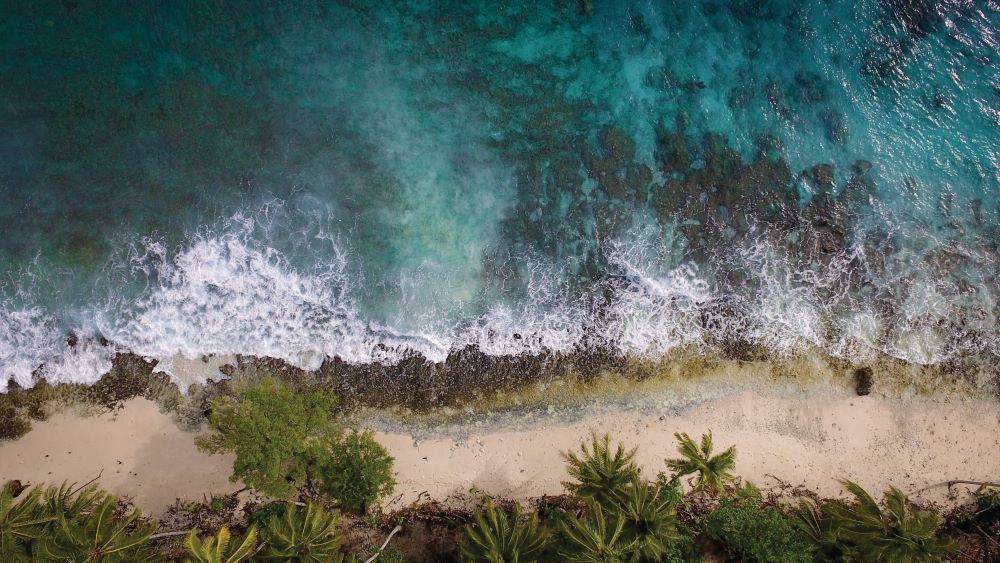

Into Action: Our Conservation Work
Every conservation project, every community partner, and every donor drives our progress as we strive to achieve the 2030 goals.
Here are just a few examples of our work in Asia Pacific. For more information on these and other initiatives, please contact Li Zhang.
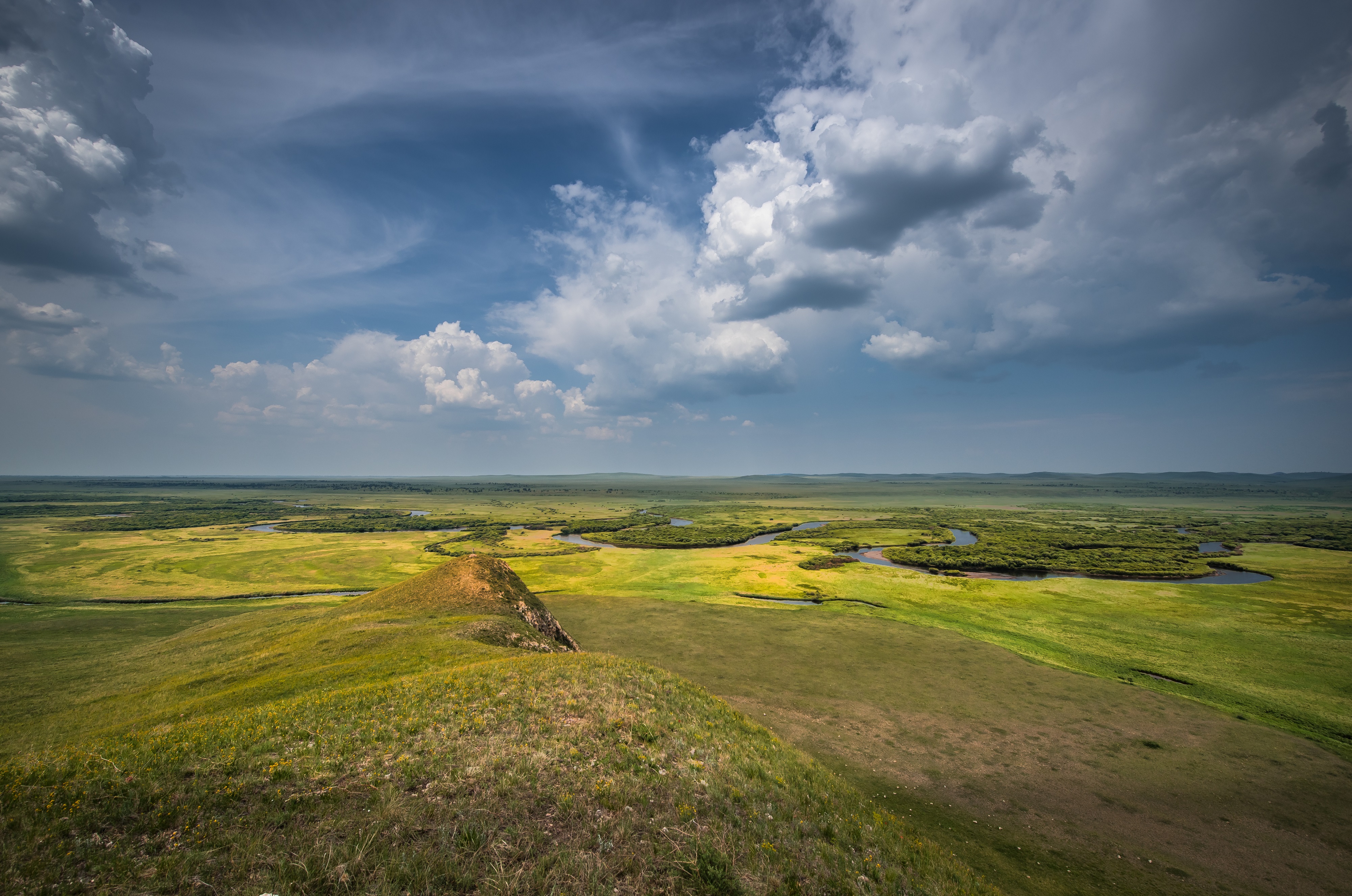
An Eternal Vision for Nature
The world's largest temperate grasslands are getting a boost from a dynamic governance and funding model.
Some 30 years ago, the people of Mongolia—one of the world’s least densely populated countries, where horses still far outnumber humans—adopted a conservation vision revolutionary for its time: formally protect and steward nearly one-third of their precious lands.
Home to the largest temperate grasslands on Earth—as well as sweeping sand dunes, rugged mountains traversed by solitary snow leopards, and over 4,000 rivers that meander through the landscape—Mongolia had clear reason for such ambition. Nomadic herding is a centuries-old way of life. Livestock production contributes enormously to the national economy (today, the industry employs nearly one in four Mongolians), and the sector depends on healthy grasslands to sustain goats, cattle and other livestock.
But the current pressures on The Land of the Eternal Blue Sky bear little resemblance to those of the early 90s:
- Livestock numbers in Mongolia have since tripled, with global demand for meat, wool and cashmere driving land degradation and desertification.
- Foreign-backed mining for copper, gold, coal and other resources has greatly intensified. Such operations damage ecosystems and cause pollution, while related infrastructure such as roads and railways fragments grazing lands and disrupts migration corridors of the iconic Mongolian gazelle and other species.
- Climate change drives temperature extremes. While the area has warmed at a rate three times the global average, periodic dzuds—bone-chillingly cold weather events—kill livestock and wildlife alike.
The government thus far has set aside 21 percent of the country as national protected areas. But “30 by 30” is by no means inevitable. The government does not have sufficient resources to spur sustainable land management critical to revitalizing grasslands and reducing carbon emissions. And local herding communities who rely on these lands are not always involved in the decision-making process about how lands will be managed.
A landmark agreement reached in 2022 is poised to bridge this gap between vision and results. At the United Nations Convention on Biological Diversity COP15 summit in Montreal, Mongolian leaders joined TNC and other partners to announce a collaboration* aimed at creating 144,000 square kilometers of new protected areas and improving management of 482,000 square kilometers of existing protected areas across the country.
Local herding communities, representing some of the last remaining nomadic cultures on Earth, are at the heart of this effort. “Mongolia has long recognized the critical leadership of local communities in natural resource management and will continue to exemplify that collaborative approach in protecting and managing diverse natural areas,” said Gala Davaa, Country Director for TNC Mongolia.
How will this be achieved?
TNC and partners are developing a Project Finance for Permanence (PFP) approach dedicated to achieving conservation at scale. In short, a PFP is a legal and financial tool that makes conservation in perpetuity possible. Yielding tremendous outcomes in Canada, Colombia, Bhutan and other countries, PFPs support large-scale conservation work by consolidating its essential components such as planning, fundraising and legal governance into a single, highly efficient structure. And the framework provides a broader platform for local communities and other stakeholders to have a requisite voice in how land is protected and managed.
* This collaboration, known as Enduring Earth, comprises TNC, The Pew Charitable Trusts, World Wildlife Fund (WWF) and ZOMALAB, the family office of Ben and Lucy Ana Walton.
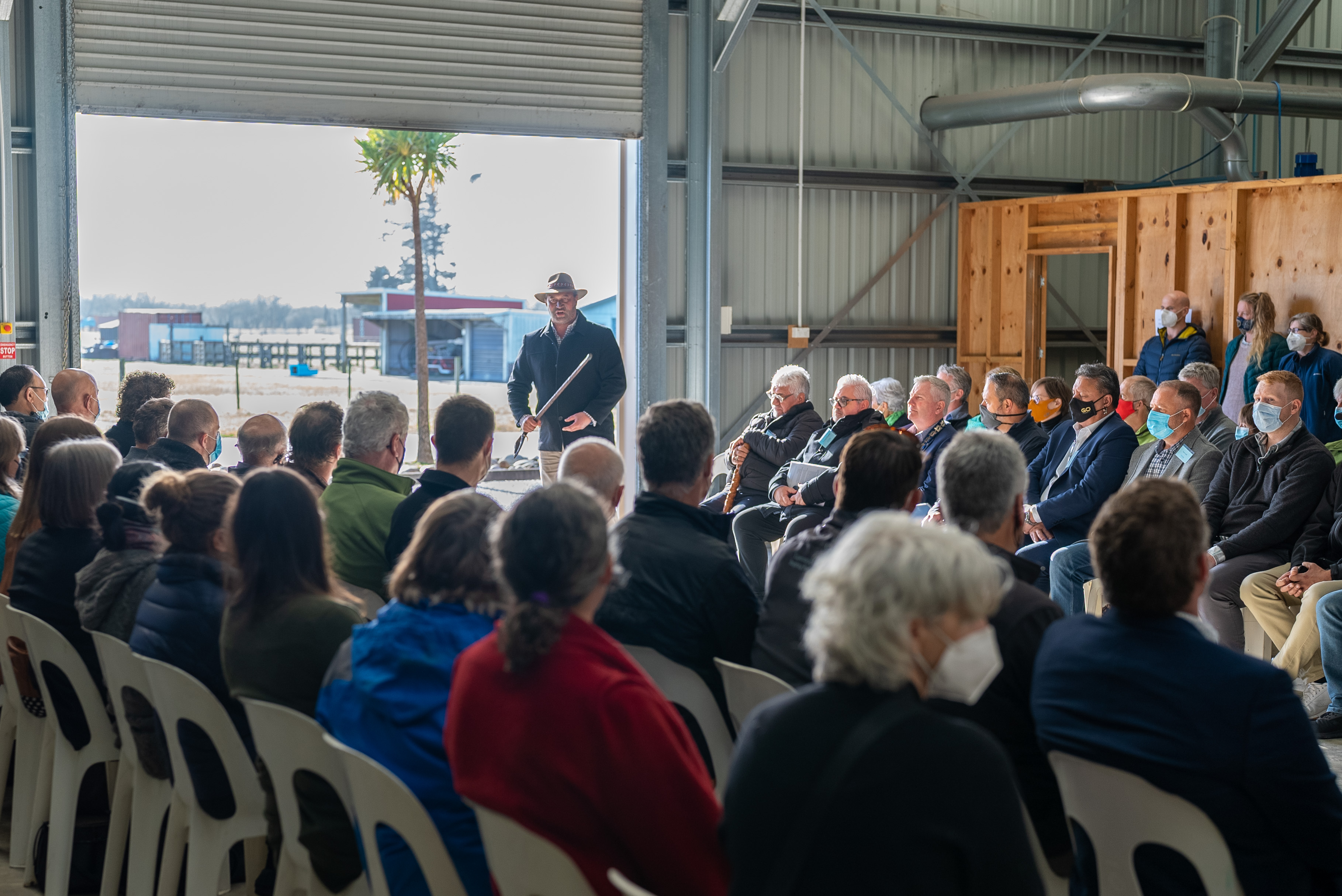
Working as One for Our Environment
The largest conservation collaboration in New Zealand aims to protect South Island treasures.
On the far northern tip of Aotearoa New Zealand’s South Island, a vibrant, local conservation renaissance is taking place.
Like other parts of New Zealand, the “Top of the South Island” has been highly modified by human-introduced impacts. Largely natural uplands in the west are degrading under threats from invasive species, while dry eastern areas, home to various unique species, are threatened by burning and overgrazing. Meanwhile, what were typically “once-in-a-century” storms threaten all of New Zealand with greater frequency. This was most recently experienced in early 2023 with the extensive damage in the North Island caused by Cyclone Gabrielle, now considered the costliest tropical storm in Southern Hemisphere history.
These threats have mobilized what is now New Zealand’s largest collaborative conservation team. It’s called the Kotahitanga mō te Taiao Alliance, Māori for Collective Action for Our Nature. The Alliance convenes 15 partners from Iwi (Māori communities), local councils, national government and TNC to restore native ecology across 35,000 square kilometers of land and sea—an area more than five times the size of Singapore. “We’ve got a biodiversity crisis. We’ve got a climate crisis. And those two things together mean that we need to make a commitment to something that is going to last,” says TNC Aotearoa New Zealand’s Debs Martin, program manager for the Alliance.
Here, TNC’s role is to contribute science, expertise from global projects, financial tools and a commitment to engaging diverse stakeholders around common goals. For instance, in 2022 the Alliance adopted TNC’s Restoration by Design approach that has guided our work elsewhere in the region, including large-scale shellfish reef restoration efforts along Australia’s southern coasts.
And during a time when tourism was suffering due to COVID-19, the Alliance highlighted the benefits that conservation work can bring to society. The government’s Jobs for Nature program funded NZ$23.4 million to support local citizens working to plant native trees, as well as engage in invasive predator and weed control efforts.
Quote: Debs Martin
We've got a biodiversity crisis. We've got a climate crisis. And those two things together mean that we need to make a commitment to something that is going to last.
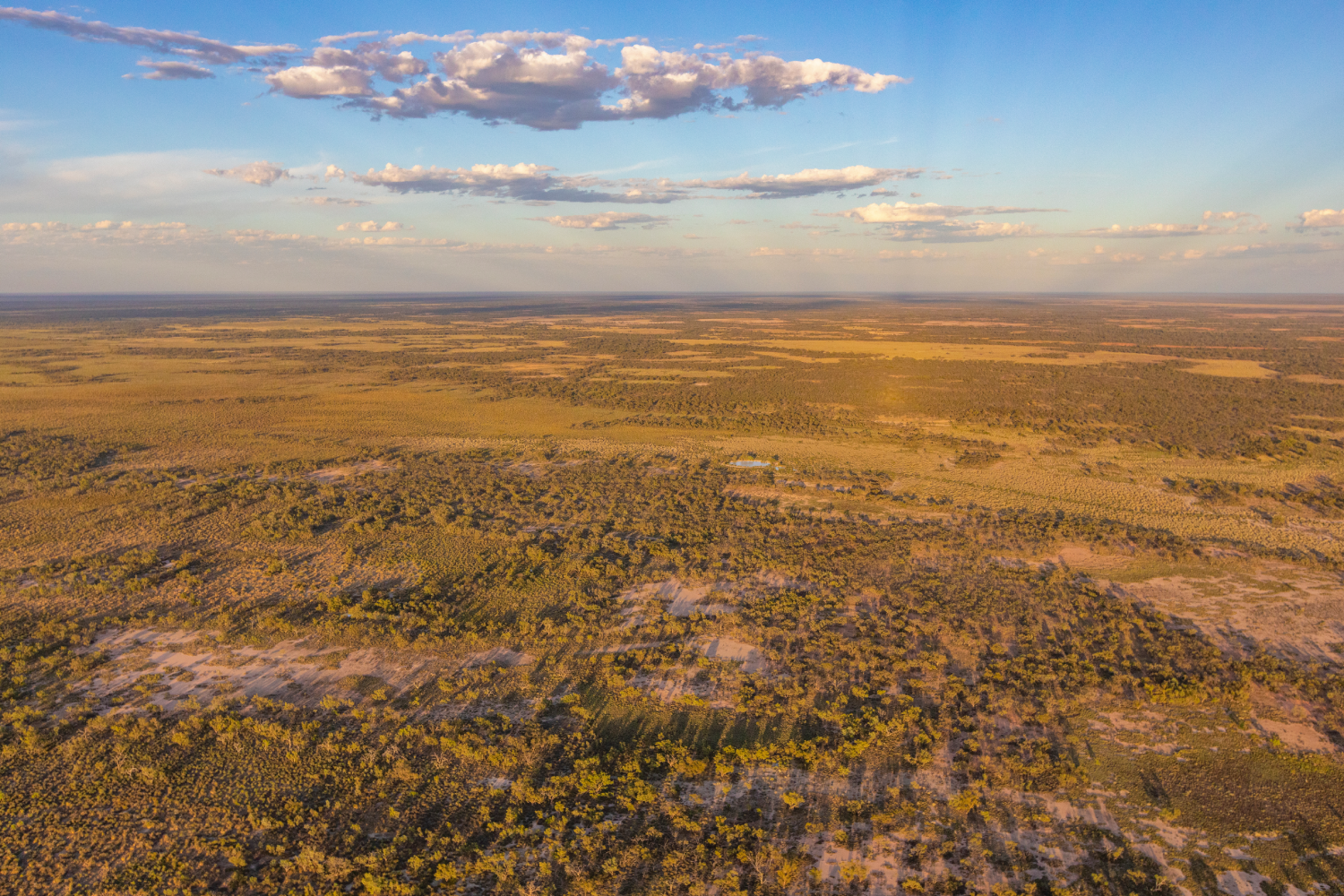
In Australia, Three Historic Land Protection Deals
Queensland and New South Wales celebrate new protected areas and national parks with TNC support.
TNC's global land protection legacy began in the 1950s with the acquisition of a 60-acre wooded ravine in New York state that remains intact and thriving to this day. Sixteen thousand kilometers away, TNC Australia has taken this terrestrial conservation ethos to new frontiers in 2022.
Over the past year, TNC Australia, along with our philanthropic, government and First Nations partners, celebrated three historic acquisitions that have been or will be designated as protected areas. These milestones advance both the Australian government’s 2030 goal to protect 30 percent of its lands and oceans and TNC Australia’s 2030 efforts to secure 90 million hectares of protected, restored and/or better managed lands—as well as support large landscape management with Indigenous communities.
BRAMWELL AND RICHARDSON STATIONS (131,900 HECTARES — QUEENSLAND)
Located about 600 kilometers north of Cairns on the Cape York Peninsula, Bramwell and Richardson Stations are jewels of Australia’s natural environment. These two adjoining properties and former cattle stations are home to an array of extraordinary wildlife (including the vulnerable palm cockatoo with its distinctive red cheeks) and healthy landscapes that will, in part, be set aside as national park lands with joint management by local First Nations people.
THE LAKES (35,300 HECTARES — QUEENSLAND)
Home to high-altitude lakes, rare gums, unique forests and habitat for the vulnerable northern greater glider (a small marsupial), The Lakes is equally central to Queensland’s 2030 protected areas strategy. “This purchase will ensure the future preservation of valuable, undisturbed ecosystems and habitat that will link up to an existing network of protected areas in the region,” said Meaghan Scanlon, Queensland’s Minister for the Environment, in a 2022 announcement.
BRINDINGABBA AND BRINDA STATIONS (33,903 HECTARES — NEW SOUTH WALES)
In mid-2022, TNC partnered with the New South Wales government to support the purchase of the Brindingabba and Brinda Stations—key wetlands in the nation’s most-populous state that have since been designated as a new national park. Lying at the heart of the Murray-Darling Basin’s healthiest river systems, this area includes freshwater habitat that meet primary criteria for a future Ramsar listing as a wetland of international importance.
Quote: Dr. James Fitzsimons
A strong 30 by 30 commitment is paramount to tackle the growing loss of ecosystems and species, and preserve the critical role they play in carbon storage, water quality and food provision.
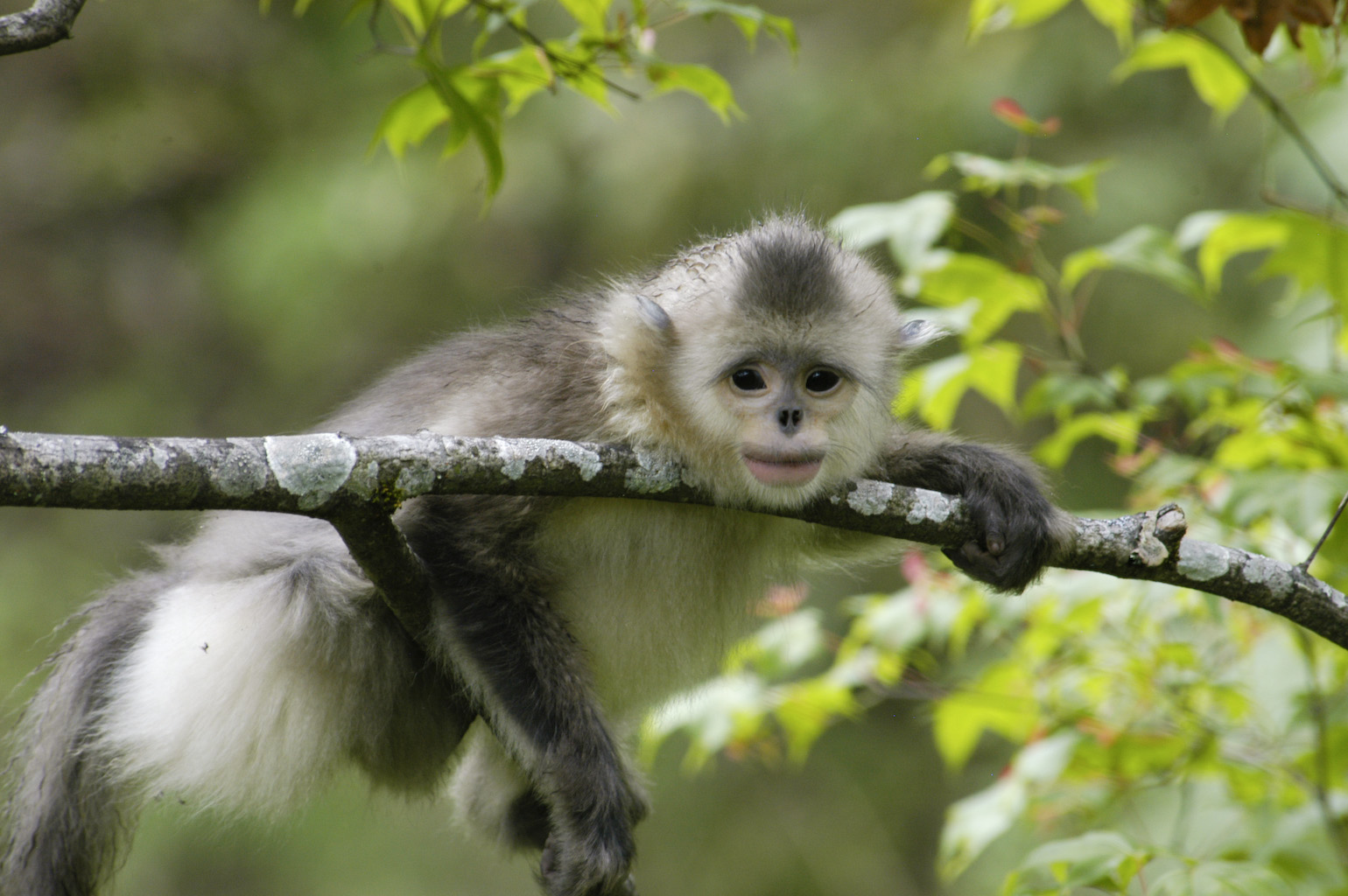
Scaling Climate Action Through Policy
How embracing Natural Climate Solutions can make 'net zero' a reality.
The impacts of climate change can be felt everywhere in China. And because of the country’s vast size and its markedly different geographies, such impacts are wildly diverse. But what’s becoming increasingly clear is that Natural Climate Solutions (NCS)—strategies that advance protection, restoration and sustainable management of critical ecosystems as an effective way to tackle climate change—are vital in helping China reach its climate goal of net zero carbon emissions by 2060. In 2022, TNC advanced NCS science, policy and pilots across China through the following initiatives:
Shape China's Nationally Determined Contributions
By field-testing best practices and facilitating knowledge exchanges, TNC provides science-based, scalable and equitable NCS to avoid emissions and sequester carbon. With our partners from the Chinese Academy of Forestry and Chinese Academy of Agricultural Sciences, we have been working on several NCS mitigation pathway analyses that unlock the most potential for China, including reforestation, forest management, cropland nutrient management and wetland restoration. TNC anticipates the results will provide a scientific basis for the government to set quantifiable targets for NCS in the next Nationally Determined Contributions update as well as better inform the policy on China’s NCS funding.
Influence China's Carbon Market
In 2022, TNC partnered with the China Ministry of Ecology and Environment’s think tank, the National Center for Climate Change Strategy and International Cooperation, to jointly launch “Research on Improving China’s Ecosystem Carbon Market Mechanism.” The project aims to systematically study the development of China’s ecosystem carbon projects through market mechanisms. This research will result in policy recommendations based on the observed impacts of market mechanisms on nature-based carbon storage projects to date, both in China and globally, and the potential to increase that impact.
Advance NCS Pilots
In 2022, TNC China collaborated with our partners in Yunnan province to launch a restoration project within endangered Yunnan golden monkey habitat. A total of 377,000 trees of different species were planted, restoring 248 hectares of forest, which is expected to contribute about 95,000 metric tons of carbon sequestration. And in Inner Mongolia, we’re advancing new technology and utilizing climate data to improve grasslands management, helping to mitigate longstanding degradation caused by intensive livestock grazing and climate impacts.
New Frontiers in Sustainable Tuna
Shifting sustainable seafood norms isn't easy. But here's how we are succeeding.
For millions of people, tuna is a dietary staple and a critical protein source.
The waters of the Western and Central Pacific Ocean produce 60 percent of the world’s tuna—a haul of nearly three million metric tons worth about US$7 billion each year. But overfishing and illegal fishing activities threaten to disrupt the global seafood supply and crush Pacific Island economies that rely heavily on tuna revenues.
Among TNC’s initiatives in the region is Pacific Island Tuna, an end-to-end tuna supply chain company founded on sustainability and local conservation. Headquartered in the Republic of the Marshall Islands, Pacific Island Tuna ensures that Pacific Island countries have direct ownership of their tuna catch, from the dock to retail shelves, and that a portion of net income flows to community-based conservation projects.
By the end of 2022, the company had shipped nearly nine million 5-ounce cans of tuna to retail partner Walmart for its in-house brand, while investing in electronic monitoring (EM) systems for multiple fishing vessels back in the Marshall Islands. EM—the use of onboard video cameras, GPS and sensors to monitor fishing activity at sea—provides a clearer picture of what species fishing vessels are catching and how, generating real transparency across contracted fleets. Through this partnership, we envision building healthy and sustainable tuna fisheries, reducing bycatch of vulnerable species, and decreasing illegal and unsustainable fishing—all while improving socio-economic returns for Pacific Island nations.
Watch: Via The Economist, an up-close look at the unique Pacific Island Tuna model, featuring TNC's Large-Scale Fisheries Director Mark Zimring.
New Approaches to Saving Borneo's Tropical Forests
TNC has chosen four amazing landscapes in North America, Latin America, Africa and Asia Pacific where a concerted and integrated effort can make a huge impact on our 2030 goals. Among them: the tropical forests of Kalimantan, the Indonesian region of Borneo. Full fledge implementation of Natural Climate Solutions in Kalimantan could account for nearly 40 percent of Indonesia’s 2030 carbon reduction goals. However, unplanned plantations, agriculture, mining and unsustainable logging have put unprecedented pressure on these forests.
That’s why TNC, through its main partner in Indonesia, Yayasan Konservasi Alam Nusantara (YKAN), is working with governments at different levels, industry and community to pilot sustainable forest management approaches in areas allocated for timber concessions, which are licensed to private companies by the government to undertake selective logging.
We will apply innovative, low-intensity logging practices that are less destructive and emit fewer carbon emissions compared to traditional logging. We will set aside ecologically sensitive areas for conservation. And we will work with local communities to improve livelihoods and generate sustainable forest products.
Quote: Dr. Herlina Hartanto
By pairing local prosperity with forest stewardship, we can protect habitat, reduce carbon emissions and support local communities in their forest management goals for a sustainable future.
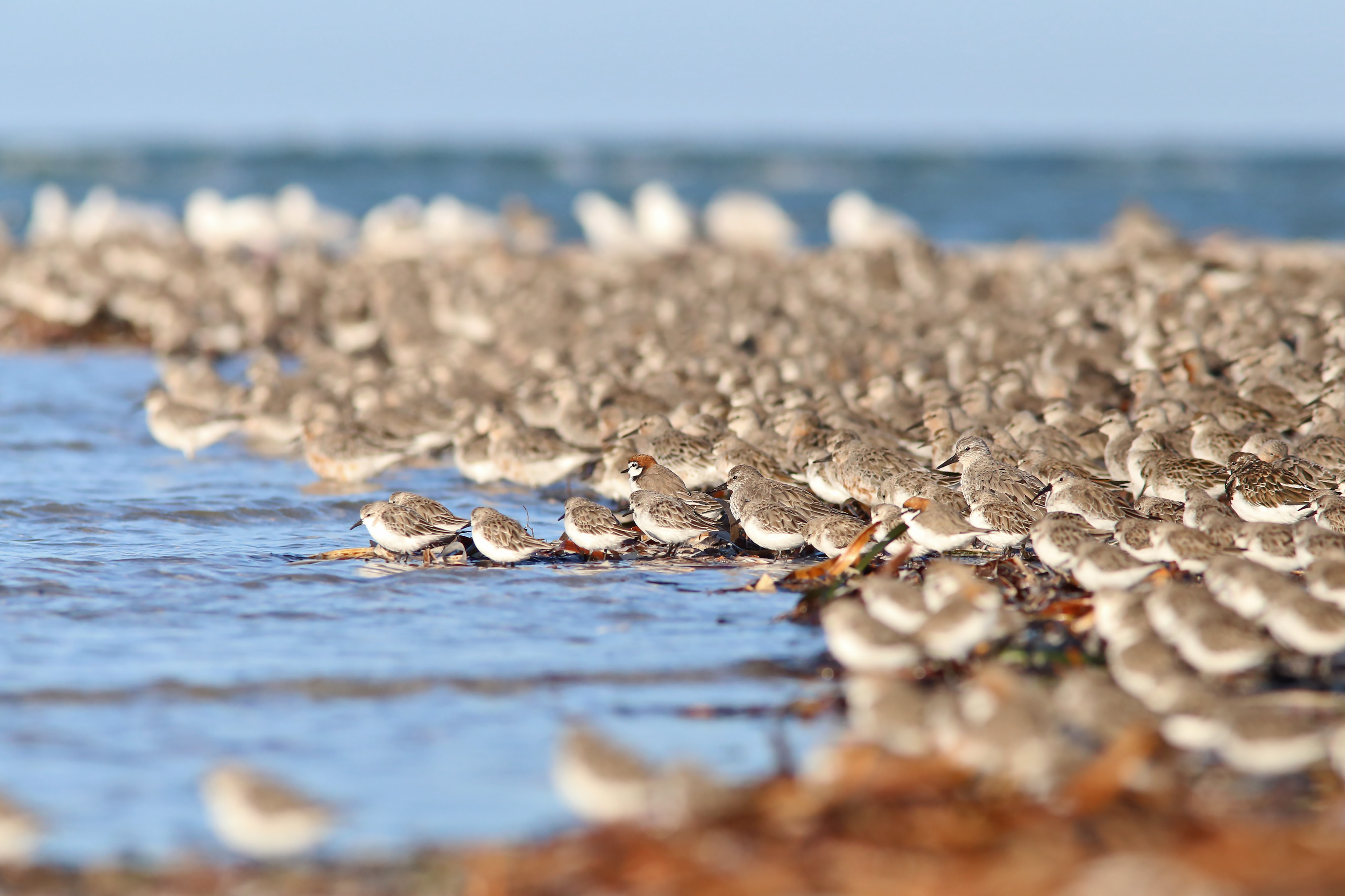
A Bold Future for Blue Carbon
Coastal wetlands—such as mangroves, seagrasses and salt marshes—capture and store billions of tons of carbon from our atmosphere at concentrations up to five times greater than terrestrial forests. From Indonesia to New Zealand, “blue carbon” can remain in the soil for thousands of years, making it one of the longest-term natural solutions to climate change.
In 2022, TNC Asia Pacific charted several advancements in blue carbon, including:
Australia
In October, TNC Australia and government and philanthropy partners announced the site of its first blue carbon coastal wetland restoration project, located in South Australia near the Adelaide International Bird Sanctuary National Park, a critically important habitat for many Australian and migratory birds. Over the next year, the team will restore natural tidal flow to the wetlands, which will expand the area where saltmarsh can grow. By doing so, we’re creating an effective carbon sink that can drive carbon offset investments in the future.
Aotearoa New Zealand
TNC is working with central and local government, Iwi and coastal communities to advance blue carbon through activities such as investing in research and data collection at pilot projects, mapping potential restoration sites, and providing policy advice in partnership with local experts and TNC’s global expertise. Our first task was to undertake a pre-feasibility assessment to explore whether blue carbon projects like those undertaken overseas are technically, legally, organizationally and financially feasible in New Zealand. The assessment results are promising, and the team has finalized seven potential coastal wetland restoration sites across the country for further data collection and economic feasibility assessments.
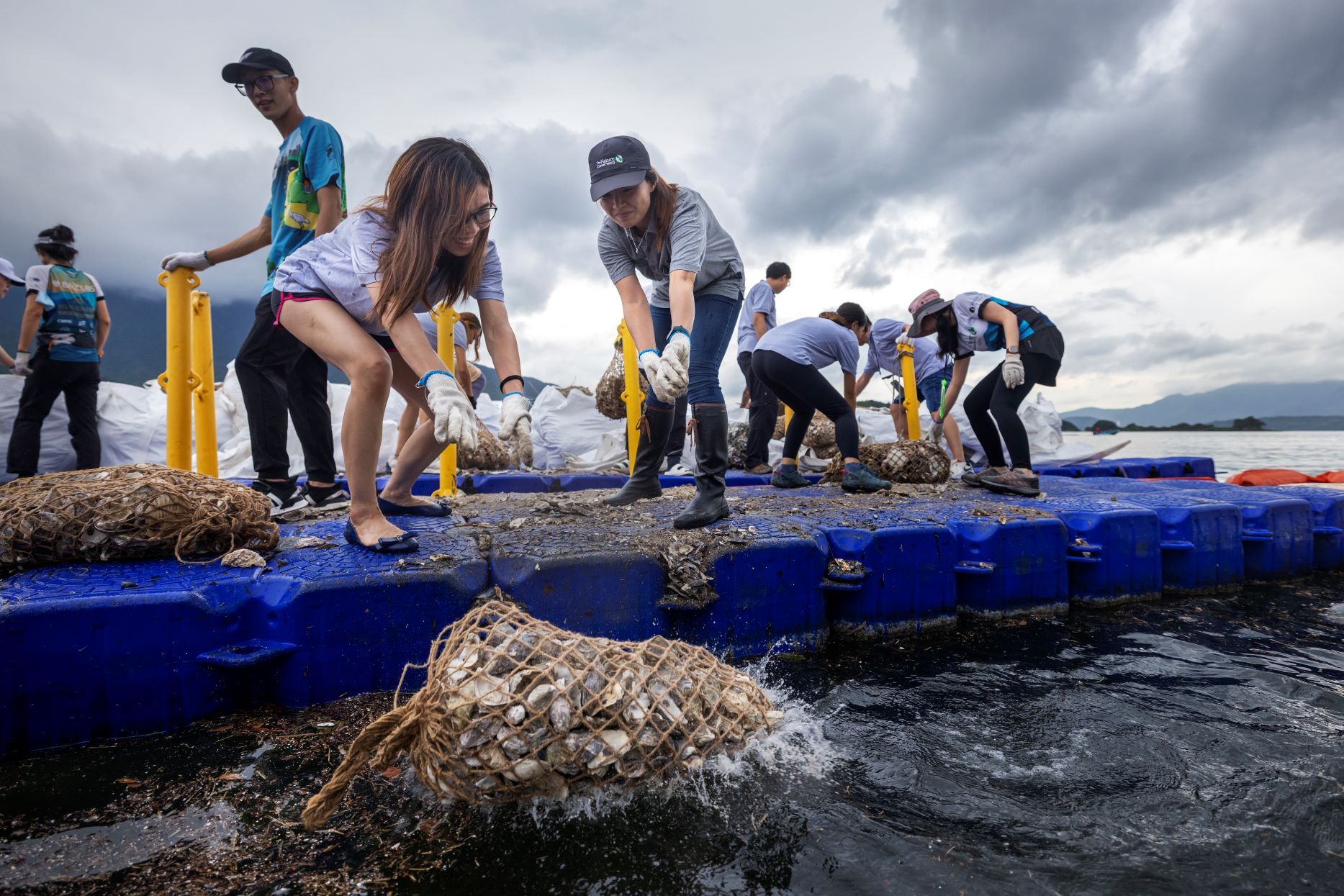
In Hong Kong, Less Trash, More Reefs
It's the magical hour in Hong Kong: the heat recedes and skyscrapers shimmer with the neon colors of the setting sun. Friends and families commence their evening meals. A squeeze of lemon or dash of hot sauce signals a joyful cycle of slurp, savor and clatter.
As a city of seafood lovers, Hong Kong has no shortage of leftover shells. Still, until recently, most ended up in overburdened landfills, dumped from rafts into the bay, or piled along shorelines, where they degrade habitat and threaten delicate ecosystems.
TNC’s “Save Our Shells” program is changing this by working with aquaculture communities and hospitality industry partners to collect discarded shells. We use these shells in our restoration projects as the substrate to kickstart the formation of new, living reefs. Over the past year, 14 partners from supermarkets to hotel groups have joined the program and diverted over 24 tons of shells from landfills.
This program helps partners deliver on their sustainability commitments and creates an opportunity to connect diners with marine conservation.
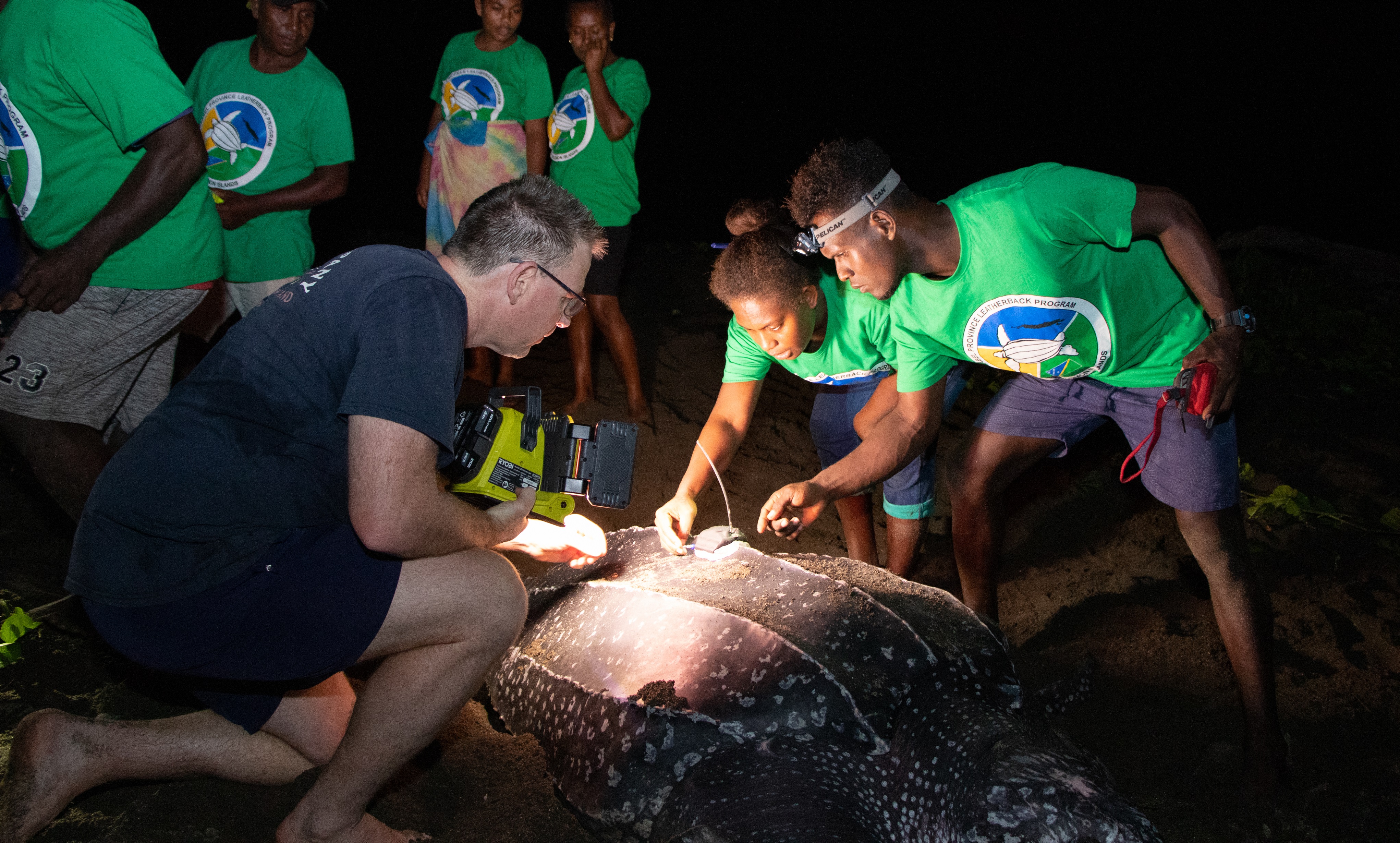
Women Rangers Unlock Secrets of Leatherback Migration
With support from TNC, conservation rangers at Haevo village in the Solomon Islands have been managing nesting populations of the Western Pacific leatherback turtle for a decade.
In November 2022, scientists from TNC, the National Oceanic and Atmospheric Administration (NOAA), and Isabel Provincial Government returned to Haevo to attach 10 satellite tags to nesting leatherbacks. The tags will gather data on turtle movements, which conservationists can use to better protect this critically endangered population.
The trip was special for another reason: for the first time in the country’s history, women rangers joined the conservation efforts. Building on our work with the KAWAKI women’s group, TNC helped establish the Solomon Islands’ first women ranger groups—here at Haevo, as well as at Sasakolo and Sosolo, other significant nesting beaches.
Women rangers like Jessica Rhoda Haraputti (pictured right) and Anita Rosta Posala are now working side-by-side with the men to gather data on turtle nesting and to relocate eggs to hatcheries safe from the high tides. The goal is to build the program to a 50/50 gender parity. “For those of us who live at home, in rural communities, it’s very hard to find a source of income… and at the moment all the work goes to men, and only men.” says Harraputti. “It’s also the first time I’ve learned about the lifecycles of turtles and how to study them. I’m really happy and proud.”
Quote: Jessica Rhoda Harraputti
It's the first time I've learned about the lifecycles of turtles and how to study them. I'm really happy and proud.
A Gender Gap Reckoning in Conservation
This year, TNC faced an uncomfortable truth: Conservation science remains a male-dominated world, and this can perpetuate inequity even in our own conservation work. “My career has been incredibly diverse in conservation…but one theme has remained a constant: gender-based discrimination, which not only holds women back, but holds the world back from fully addressing the crises of climate change and biodiversity loss,” Robyn James, Director of Gender and Equity for TNC Asia Pacific, wrote in a recent opinion piece for Nature.
In a groundbreaking study published in Frontiers in Environmental Science, James and colleagues led a survey of TNC’s own conservation staff and found longstanding barriers that are likely to pervade the environmental nonprofit space. For example, women feel less capable of contributing consequential research. They are over seven times more likely to report that their gender limited the role they played in their work, while men view the workplace as far more equitable than how women experience it. When race, language and geographic location are taken into account, the cultural gulf widens.
“These are not problems that women can—or should—solve on their own,” James says. “Women are struggling to meet their career goals because the organizations they work for aren’t set up as places where women can succeed.” The recommendations offered in this research provide pathways to the needed action that TNC Asia Pacific will be implementing—within organizational walls and within the communities in which we serve.
Download
Asia Pacific Impact Report 2022: Pathways to Prosperity for the World's Largest Region
DOWNLOADJoin Us as We Work to Build a Sustainable Future for Asia Pacific
Every day, The Nature Conservancy works with governments, communities, companies and individuals to develop innovative, science-based conservation solutions at an unprecedented scale. We can't save nature without you.
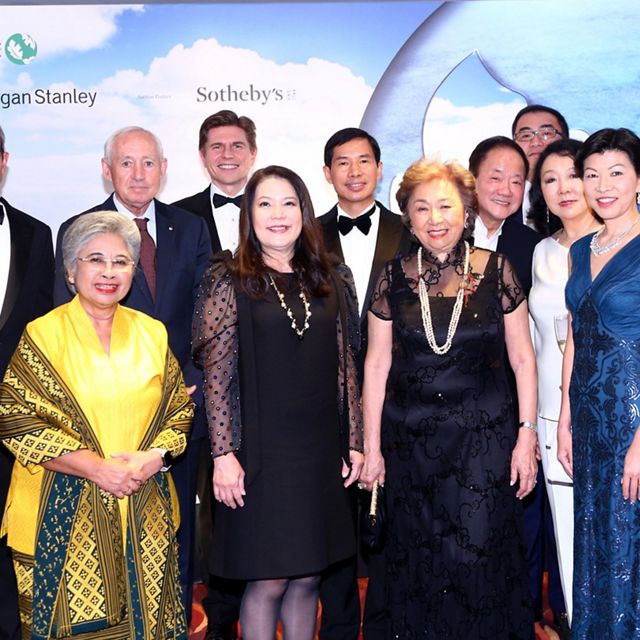
Feature
Asia Pacific Council
The Nature Conservancy’s Asia Pacific Council consists of an impressive group of business, political, and academic leaders from Asia and around the world.


